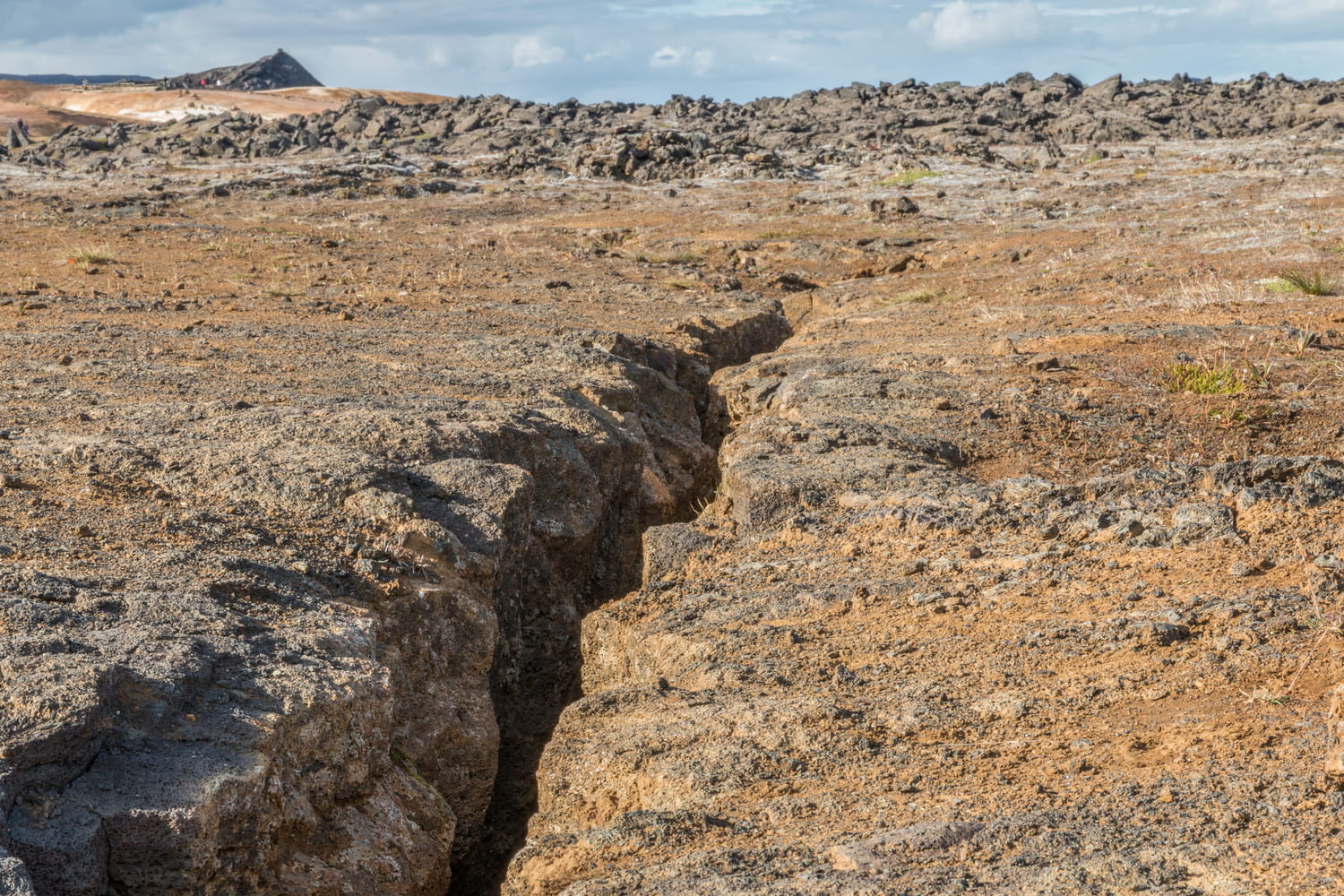A huge geological flaw moves again. The researchers believe that it could cause an earthquake of magnitude greater than 7.5.
Even if everything seems motionless on the surface of the earth, under our feet, plates are constantly moving. These so -called “tectonic” plates move at an average speed of a few millimeters to a few centimeters per year, the speed at which our nails grow. It is very slow … but scientists analyze their movements closely, especially in certain regions of the world.
When two plates rub, face or go away, the rock can fracture: this is called a “fault”. Often invisible on the surface, a flaw can extend over several hundred kilometers. Over time, the rocks that line it undergo constraints – a bit like a giant compressed spring – and energy accumulates. If the pressure becomes too strong, the fault breaks and releases this energy in the form of an earthquake.
This is precisely what Canadian scientists are watching. A silent flaw for 12,000 years has recently shown an activity. According to the study published in July 2025, precise GPS measures detected a movement of 0.2 to 0.8 millimeters per year along the fault, a sign that the plates continue to slide slowly but that the energy has not yet been released. This flaw is comparable to a little sister of the San Andreas Faille. It is called “Tintina fault”.
It is a geological flaw approximately 1,000 km long located in the territory of Yukon, in the northwest of Canada. “We thought that its last activity dates back to around 40 million years, but it was assumed that it could still generate strong earthquakes” explain scientists. They now confirm this. According to their models “It could generate an earthquake of a magnitude of at least 7.5”.
This would be enough to cause significant damage in the inhabited areas of the Yukon already exposed to landslides. “Tintina flaw represents a significant seismic risk, hitherto unknown, for the region” Consider researchers. For them “The question is not whether (there will be an earthquake, note) but when”.









